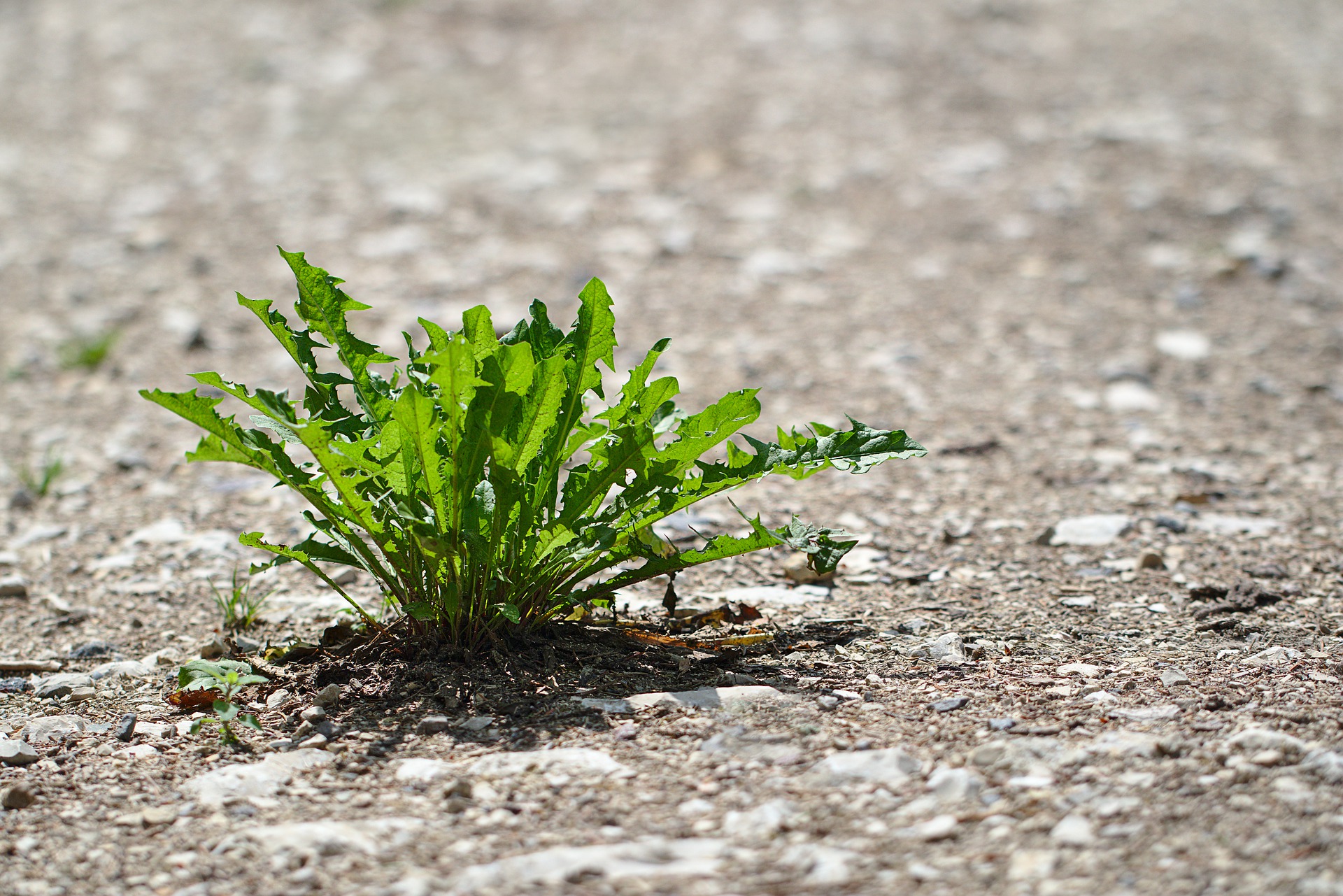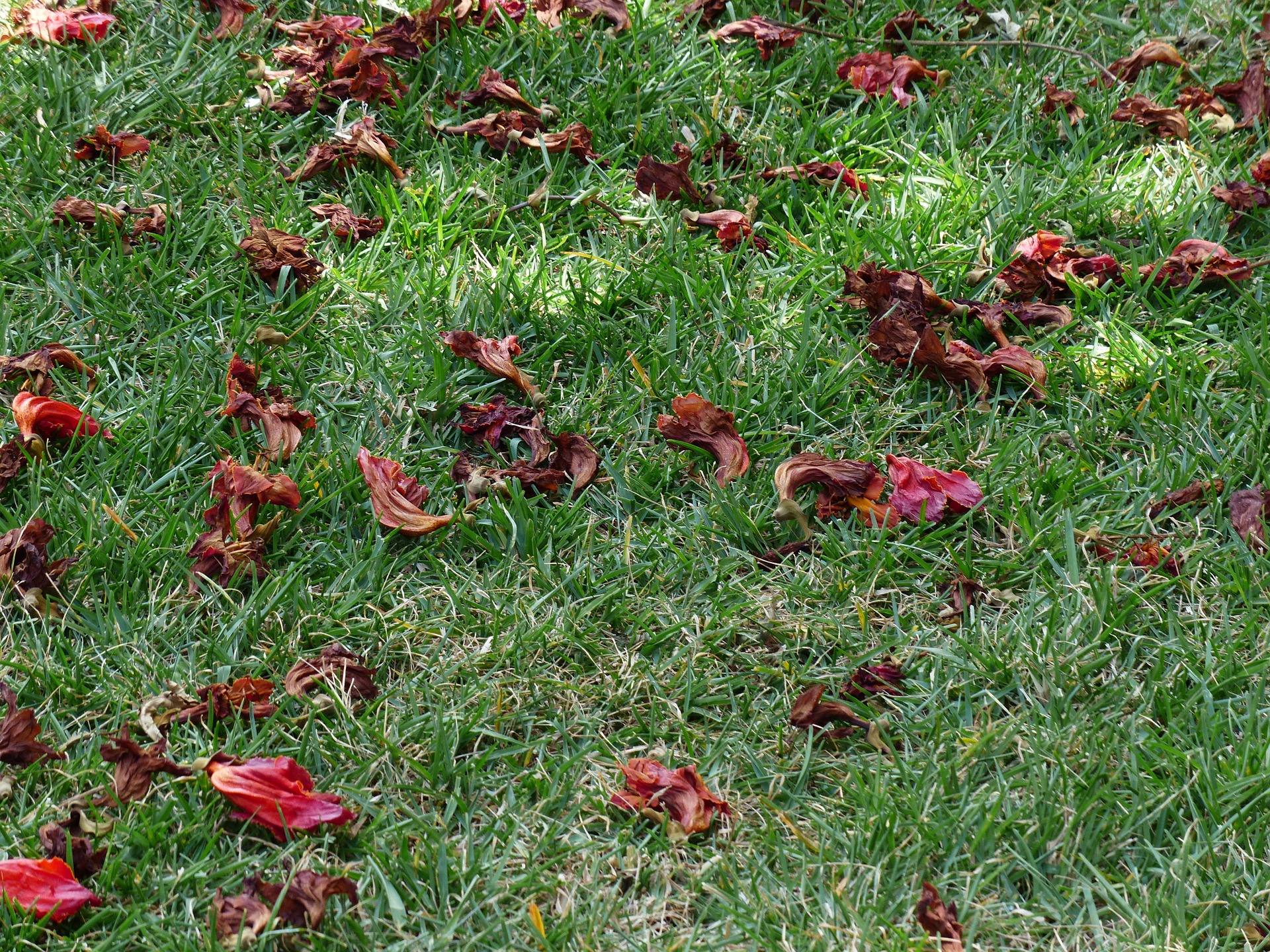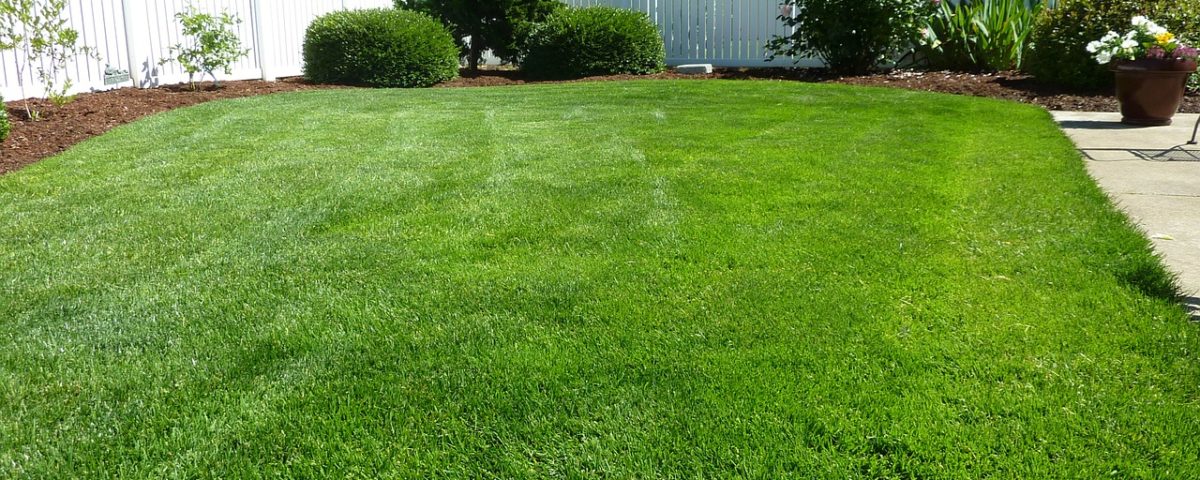
Important Steps for Recovering Dormant Grass
August 8, 2019
The Top 5 Reasons for Dead Grass
August 8, 2019Handling your landscaping on your own is a great way to spend some extra time outdoors and take real pride in the way that your property looks. However, there are plenty of tips and tricks that you will need to learn in order to achieve real success. This is especially true when it comes to maintaining your lawn. Grass can be a delicate plant that responds to different variable in different ways. The last thing you want is to be dealing with grass that is seemingly dead and won’t come back to life. Keep in mind that your lawn is normally one of the first things that people notice when they first see your home, which is why getting your lawn care routine right is absolutely essential.
Our lawns actually communicate with us in a variety of different ways. Unfortunately, many homeowners don’t really understand what their lawn is telling them. That’s why we’ve put together a list of some of the best ways to understand what your lawn is telling you. By reading this list, you can learn to figure out exactly what the status of your grass is and take actionable steps to make improvements. Remember to reach out to Cal Blend Soils if you are looking for the tools and landscaping products you need to keep your lawn looking great.
1. Brown Spots on Your Lawn
One of the most frustrating things for homeowners to see is brown spots throughout their lawn. These brown spots can be occurring for a variety of different reasons. It might mean that your lawn is in a dormant state, but it can also signify that the brown portions of your grass are actually dead. Sometimes these spots can occur from dogs using the restroom in your lawn on a regular basis. Your soil’s pH balances might be too acidic as well, which can be remedied by taking a trip to Cal Blend Soils. Simply pick up a soil testing kit and take a look at the levels of nutrients in your soil to figure out if this is the case.
Another potential cause of these brown spots can be a physical obstruction in the soil. For example, you might have a huge rock underground that is preventing the grassroots from really growing strong. You also just might need to update your watering technique as well. Just keep in mind that brown spots on your lawn usually signify that your grass needs help!
2. Insects Have Invaded Your Lawn
Insects are a part of the natural environment outside, but sometimes things can take a serious turn for the worse. When you have certain types of insects that have invaded your lawn, you could be dealing with a serious issue. Keep in mind that when the grass is stressed out or dealing with a disease, it is more susceptible to parasite and insects that take over. Some of the most common lawn pests are armyworms, cutworms, and Japanese beetles. The larva can damage the roots of your lawn and eat and kill your grass when they hatch.
Make sure you know exactly what type of pest you are dealing with before you start taking action. You can use things like insecticides to get rid of them, but make sure you aren’t using insecticides that kill beneficial insects in your lawn as well.
3. Wilting or Brown Grass
We mentioned dealing with brown spots in your grass earlier, but if you notice your grass seems to be wilting and turning brown, there’s a different message you need to receive. If you are noticing more and more brown blades of grass throughout your lawn, it’s probably due to the fact that it needs more watering. You can always check the moisture levels in your soil to determine if this is the case.
Make sure you are watering your lawn deeply so that the water can reach the deep roots of your grass. Try to water your lawn every week around 2 or 3 times. Make sure you are watering at the right time of day as well, such as early in the morning. Otherwise, the water will likely evaporate during the hottest part of the day and your grass won’t get what it needs to get healthy again. Try to avoid watering your grass at night, because if your grass is wet throughout the entire night it can end up with a fungus issue.
4. Circles in Your Grass
Noticing a large circle in your grass can be an interesting occurrence to discover. These rings are usually the sign of a fungus-related issue. Mushrooms will oftentimes appear within the circles. The grass within the circle will initially appear to be greener than the rest of your yard. This is because there is more organic matter helping the grass grow within the area. However, the fungus will eventually work deeper and deeper into the ground until it starts seriously affecting the roots.
If you are watering after dark, you are not helping your grass with these types of fungus issues. You can opt for a fungicide and apply it only to the affected area to fight against these lawn circles. If you can’t get rid of the circles with a fungicide, you will probably have to dig the ring up and start with new grass.
5. Grass Won’t Grow Under Trees
We know that plants need sunlight to grow to their full potential. However, we seem to forget this fact of life when we notice that our grass won’t grow under trees. This issue is caused by the tree blocking the sun or pine needles falling onto the grass and killing it. This is one issue that probably isn’t worth the effort to fight against. Constantly trying to maintain an area that simply doesn’t get the amount of sunlight it needs is both frustrating and difficult. Instead, opt for a nice colored mulch from Cal Blend Soils to make the area look better and focus on other important landscaping activities.


